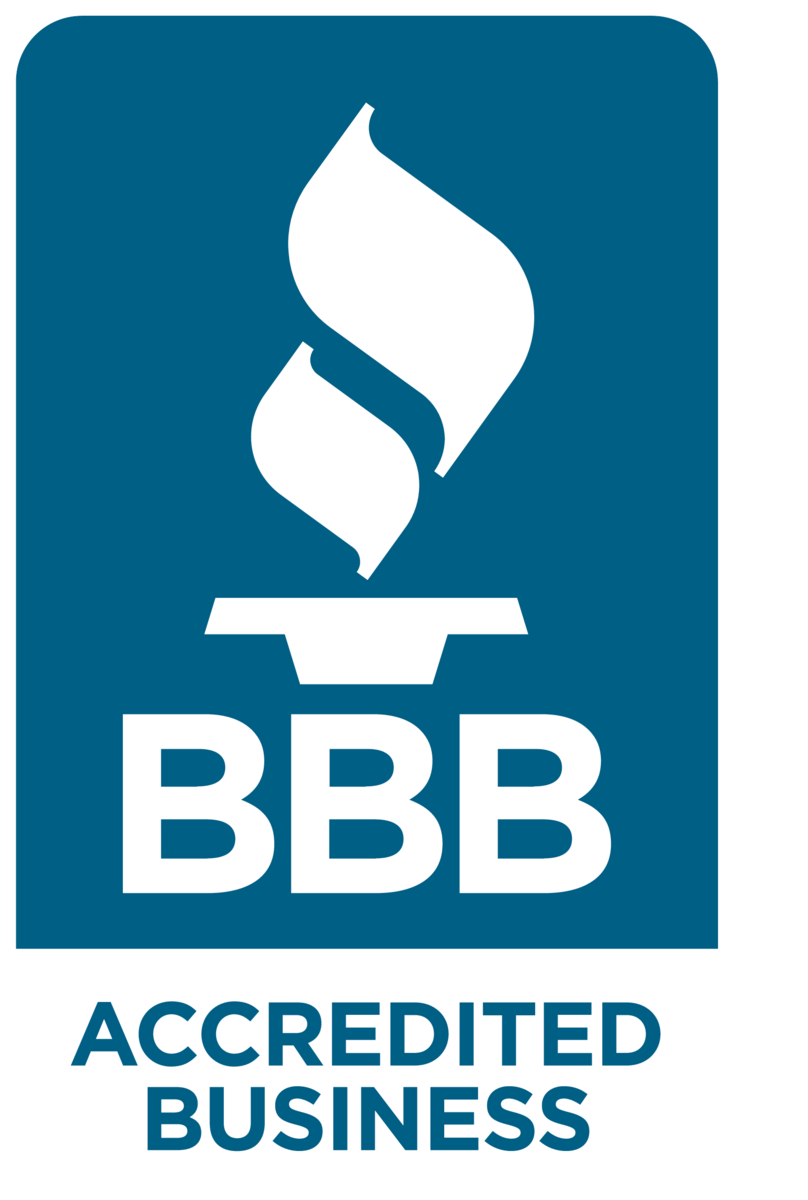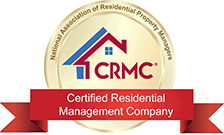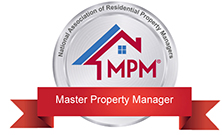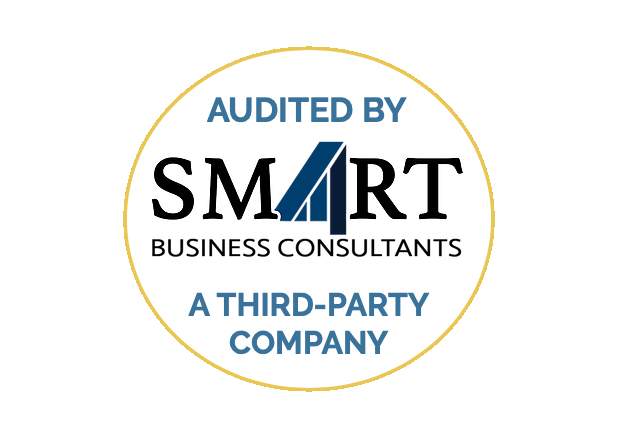Today’s topic is how to handle move in and move out procedures as well as returning the security deposit at the end of a tenancy. You might be wondering why we even bother with an inspection report that documents the condition of the property before a tenant moves in or the lease begins. The biggest reason we do this is to avoid litigation. Security deposit disputes are the number one reason landlords find themselves in court. No one likes to go to court, so you need to be able to prove your case before it goes that far. This is vital to protecting your investment property. There is plenty of technology available to help you document and record the condition of your property. You can also take photos to help prove your case. The more specific and detailed photos you take during move in and move out, the better you will be able to prove how the place looked before a tenant moved in compared to how it looks after that tenant moves out.
Pay attention to the standards of normal wear and tear. No one really has a specific and defined way to identify wear and tear on a property. However, if you keep a list of what is typical, normal and expected wear and tear and that list is approved and enforced by the courts, you have a good set of standards you can share with your tenant. This is important so that everyone is on the same page. You want your tenants to understand what is considered normal wear and tear and what is considered damage. If they know this before they even sign the lease, there will be no arguing or confusion at the end of the lease. You will be able to make a case for any damage you notice at the time of their move out inspection.
Returning the security deposit is important, particularly with regards to timing and documentation. In Minnesota, you have 21 days to return the deposit or provide a disposition of the damages to your tenant. If you keep any part of that security deposit, you will need a specific list of those charges and costs that the tenant is responsible for.
Having a before and after report with photos and returning the deposit within those 21 days will go a long way in reducing your chances of going to court. Make sure your tenants understand what you expect, and the entire experience will be better for everyone. If you have any questions about deposits, or how to conduct a move in and a move out inspection, please contact us at RP Management, and we’d be happy to help you.




















